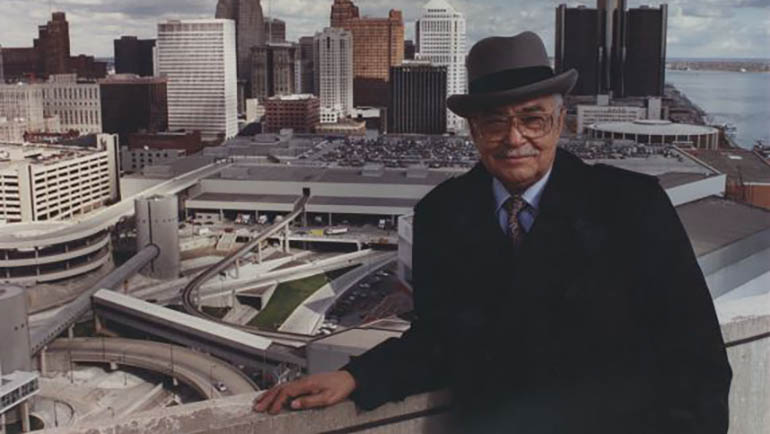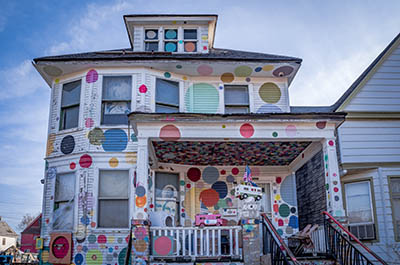
David Goldberg believes the most important history is often right in front of you. In your city, on your block, among your community.
That’s why the associate professor in Wayne State University’s College of Liberal Arts and Sciences is immersing his students in Detroit’s deep reservoir of Black history in a course called Black Social and Political Thought.
“The people down the street are as much of a part of history as presidents or senators or what have you,” Goldberg said.
This course, with an intimate cohort of about 20 students, invites activists young and old from Detroit to talk about their political philosophies. As Black History Month kicks off, courses like Goldberg’s and others’ serve as a reminder that, even as the university acknowledges and celebrates the annual February milestone, Wayne State also plays a critical role in preserving and promoting Black history year-round.
The Black Social and Political Thought course also follows previous community-focused courses led by Goldberg, who specializes in history and African American studies. During past sessions, he’s explored policing, housing, civil rights, labor and Black power in Detroit, even hip-hop and holistic healing practices.
“Just anybody who's doing work in community, I want to expose my students to,” he said. “I try and get them to identify issues that they want to work on and try and teach them that this isn't like for a campaign – these are lifelong commitments to a particular issue.”
Goldberg said he’s not sure how long the Black Social and Political Thought course has been taught at Wayne State, although he says some form of the course predates his time at the university and likely reaches back to the 1960s or ‘70s. He said he wants students to see they come from “a rich lineage of resistance.”
“We study ordinary, everyday people that make change, to let people know that they’re not objects in history but subjects in history,” Goldberg said.
Black Social and Political Thought is not the only course at Wayne State to explore local Black history. Last spring/summer, another course examined the urban planning legacy of Detroit’s longest serving and first Black mayor, the late Coleman A. Young.
It explored what associate professor Jeff Horner called “a largely untold story” of Young’s planning successes and failures in a major city and how they affected Black residents. Guest lecturers included people who worked in Young’s administration.

Also last summer, Master of Urban Planning students wrapped up their capstone course by presenting a planning report to Detroit’s Heidelberg Project, the unique outdoor art project on the city’s east side.
Students offered environmentally friendly ways to increase foot traffic, enhance the staff’s resource capacity and support more programming. The Project is a collection of colorfully painted and quirkily decorated abandoned homes and lots on Heidelberg Street.
“(Capstone courses) give students an opportunity to implement what they learned in the classroom in a real-world environment with a real-world client,” said Department of Urban Studies and Planning chair Rayman Mohamed, Ph.D.
“Also, our classes draw a lot of contexts from Detroit to teach students; capstones in Detroit are a way to give back to the communities that we learn so much from.”
